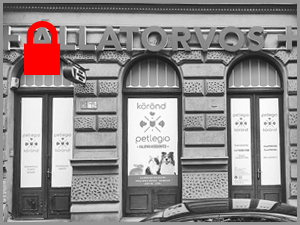
rengeteget jelent…

bajtársiasságot…

dorombolást…


és becsüli ezt a kapcsolatot.

szépségeit…

nehézségeket is.

Vajon mi lehet kedvencünkkel?

hogy minél hosszabban

az Önök számára

kapcsolatot!

Tudásunk és barátságunk
az Ön és Kedvence rendelkezésére áll!


We take care of your pet
Petlegio | Trovet Hungary Kft. © .




